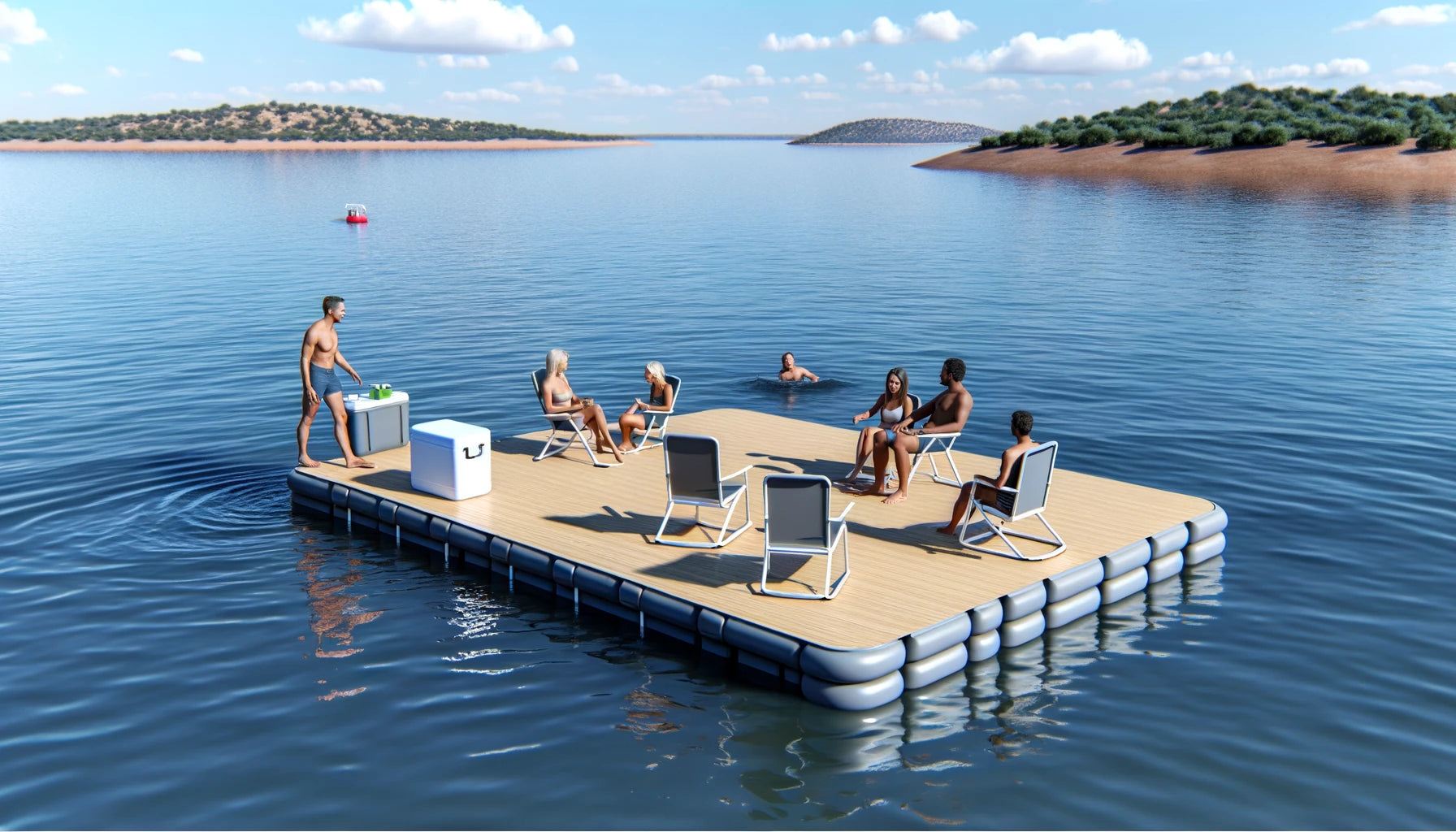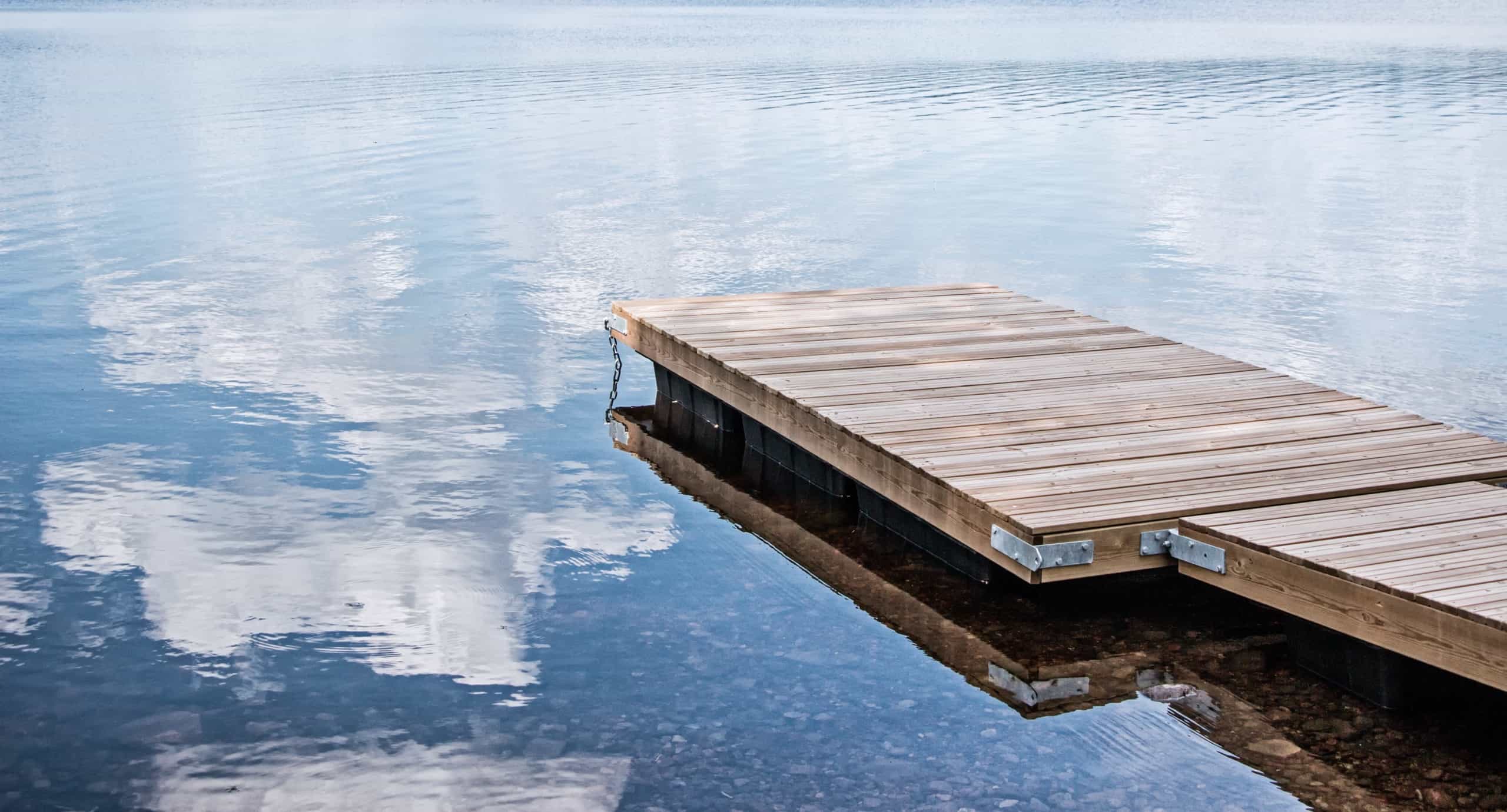Crafting Custom Solutions: Why a Floating Dock Builder is Important for Unique Demands
Crafting Custom Solutions: Why a Floating Dock Builder is Important for Unique Demands
Blog Article
Produce the Perfect Docking Service With Floating Docks
Floating docks existing a versatile service for a range of maritime needs, adapting perfectly to fluctuating water degrees and diverse vessel types. As we explore the important elements that add to the efficiency of floating docks, several crucial factors regarding security and maintenance will emerge, raising concerns regarding exactly how to optimize your docking experience.

Benefits of Floating Docks
Floating docks offer numerous advantages that make them an optimal selection for various maritime applications. One of the main benefits is their flexibility to transforming water levels. Unlike dealt with docks, floating docks increase and loss with the trend, making sure constant availability for vessels. This attribute is especially crucial in areas susceptible to considerable tidal variations or seasonal water degree adjustments.
In addition, floating docks are commonly less complicated and quicker to set up contrasted to traditional fixed frameworks. Their modular style enables uncomplicated assembly and disassembly, helping with maintenance and relocation when required. This versatility is particularly beneficial for momentary applications or in environments where conditions may alter.
Floating docks likewise often tend to be more ecologically friendly, as they minimize interruption to the seabed and bordering marine communities. Their resilient nature decreases the risk of damage to marine life, promoting a much healthier environment. These docks can be customized to suit various vessel dimensions, ensuring that they meet certain functional requirements.
Ultimately, the mix of flexibility, convenience of setup, and ecological factors to consider makes floating docks a very efficient option for a large range of maritime requirements.
Choosing the Right Products
Selecting the suitable products for floating docks is important to ensure stability, resilience, and durability. The choice of materials straight affects the dock's performance in various environmental conditions, including direct exposure to water, sunlight, and potential wear from aquatic web traffic.
Common materials used for floating docks consist of aluminum, timber, and high-density polyethylene (HDPE) Aluminum is light-weight, corrosion-resistant, and needs marginal maintenance, making it an outstanding selection for long life. Its initial cost can be greater compared to other materials.
Wood, while visually attractive and providing a conventional look, can be at risk to rot and pest damages otherwise appropriately treated. Therefore, making use of pressure-treated timber or naturally durable types like cedar or redwood can mitigate these concerns.
HDPE is a preferred option as a result of its resistance to UV rays and chemicals, in addition to being eco-friendly. floating dock company. It is available and lightweight in different shades, permitting personalization
Inevitably, the best product option will certainly depend upon details demands, including spending plan, wanted aesthetics, and ecological factors to consider. Cautious examination of these elements will certainly result in a resistant and successful floating dock option.
Design Factors To Consider for Security
When creating floating docks, making sure security is an essential facet that can considerably influence their capability and safety and security. Stability in floating dock style is affected by various aspects, including buoyancy, weight circulation, and the setup of elements. An ideal buoyancy system need to make use of materials that provide enough lift while lessening weight. This balance guarantees that the dock continues to be above water, also under differing lots.
Weight distribution is essential; uniformly distributing lots across the dock stops turning and boosts stability. Wider styles can offer increased stability, particularly in harsh water problems, while longer docks might require additional assistances to avoid sagging.
An additional key factor to consider is the environmental influence, including wave action and wind. Incorporating functions hop over to here such as sidewalls or skirting can aid alleviate the impacts of environmental pressures, keeping stability in damaging conditions. Eventually, a mix of thoughtful style, material selection, and understanding of environmental elements will generate a drifting dock that satisfies both stability and security requirements.
Setup Tips and Techniques

Following, safeguard the needed permits and follow regional laws, which may determine installment approaches and ecological factors to consider. If required, engage a qualified specialist experienced in floating dock setups. Use top quality materials designed for aquatic atmospheres to improve toughness and longevity.
When positioning the dock, align it identical to the coastline to promote simple accessibility. Make sure that the anchoring system is durable, employing cinder block or helical supports to stabilize the dock against wind important site and wave action. It's important to make up seasonal water degree changes, including prospective ice movement in cooler climates.
During the installation, ascertain the dock's floatation and stability prior to settling the anchoring. Frequently inspect the installation for any type of indicators of wear or damages. By adhering to these strategies and pointers, you can accomplish a protected, practical, and visually pleasing floating dock installation that fulfills your requirements.
Maintenance and Treatment Guidelines
Preserving and caring for floating docks is essential to prolonging their life-span and guaranteeing secure use. Routine evaluations need to be carried out to recognize any type of indicators of wear, damage, or marine development. Look for fractures, loosened installations, or discolored locations on the dock's surface area, as these issues can jeopardize architectural stability.
Cleaning is important. Make use of a pressure washing machine to get rid of algae, barnacles, and debris, which can gather over time. For persistent growth, think about eco pleasant cleaning representatives that won't harm marine life.
Additionally, inspect the mooring lines and anchors frequently to ensure they are complimentary and safe from deterioration. Replace any torn or damaged lines immediately to preserve security.
During severe weather condition, such as storms or freezing problems, take preventive procedures. Secure the dock with added mooring lines and, if feasible, eliminate any removable components to stop damage.
Final Thought
In verdict, the execution of floating docks presents a efficient and flexible docking remedy appropriate for different maritime applications. With appropriate installment and routine upkeep, floating docks can provide trustworthy and effective docking experiences for a wide variety of vessels.
As we check out the crucial elements that contribute to the effectiveness of floating docks, a number of key variables regarding security and upkeep will certainly emerge, increasing questions concerning exactly how to optimize your Check Out Your URL docking experience. Unlike fixed docks, floating docks surge and fall with the trend, guaranteeing constant access for vessels.When making floating docks, making certain stability is an essential facet that can substantially affect their performance and security. Stability in floating dock design is influenced by various elements, including buoyancy, weight distribution, and the plan of elements. Inevitably, a mix of thoughtful layout, product choice, and understanding of environmental aspects will generate a drifting dock that fulfills both stability and safety needs.
Report this page